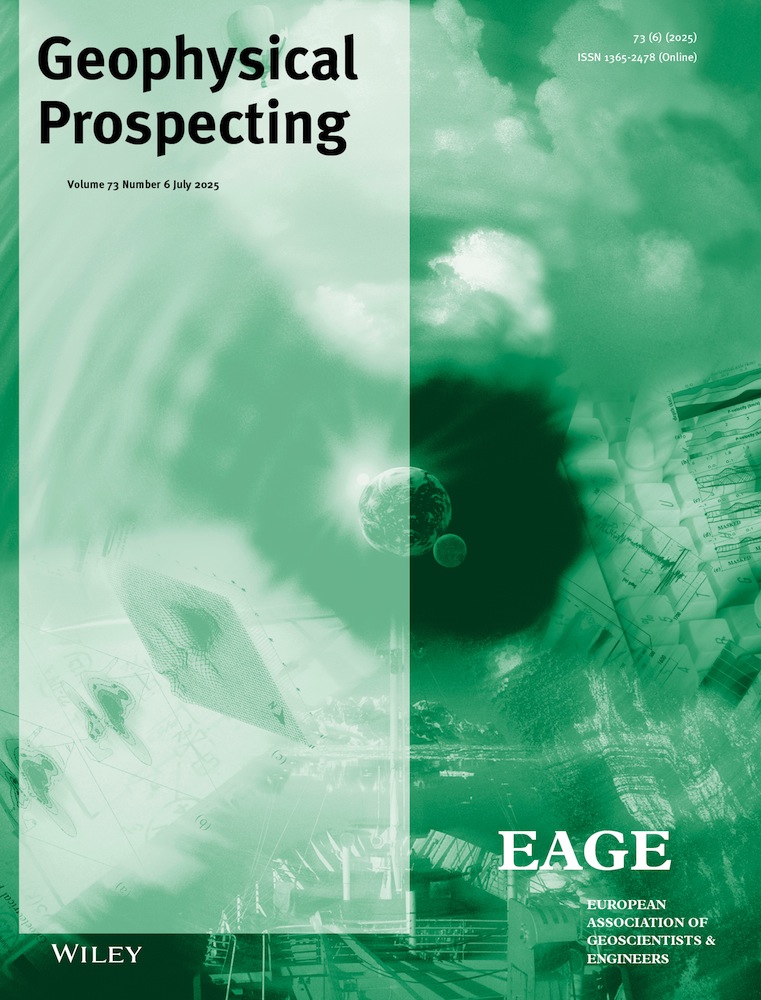Elastic Impedance Inversion With Gramian Constraint for Simultaneously Inverting Multiple Partial Angle Stack Seismic Data
Funding: This work was supported in part by the National Natural Science Foundation of China under Grant 42204123, in part by the Natural Science Foundation of Sichuan Province, China, under Grant 2023NSFSC0772, in part by the Science and Technology Cooperation Project of CNPC-SWPU Innovation Alliance under Grant 2020CX010203.
ABSTRACT
The transformation of elastic impedance (EI) from partial-angle-stacked seismic data is a crucial technique in the domains of reservoir modelling. Conventionally, EI inversion is performed on a per-angle basis, leading to significant discrepancies in EI values across different angles, which may not accurately represent actual conditions. When the signal-to-noise ratio (SNR) of seismic data is low, the inverted EI tends to be unstable, resulting in poor-quality inversion outcomes. This research proposes a novel method that allows for enabling the derivation of EI for various angles simultaneously inverted from multiple partial angle-stack seismic datasets in one process. The aim of simultaneous inversion is to potentially ensure consistent EI results. To obtain this aim, we utilize an advanced regularization method called the Gramian constraint. Consequently, the objective function for the simultaneous inversion of multiple EIs is developed. Results from both synthetic and field data demonstrate improved stability in EI inversion, especially for the case of low SNR.
Open Research
Data Availability Statement
The data that support the findings of this study are available from the corresponding author upon reasonable request.




